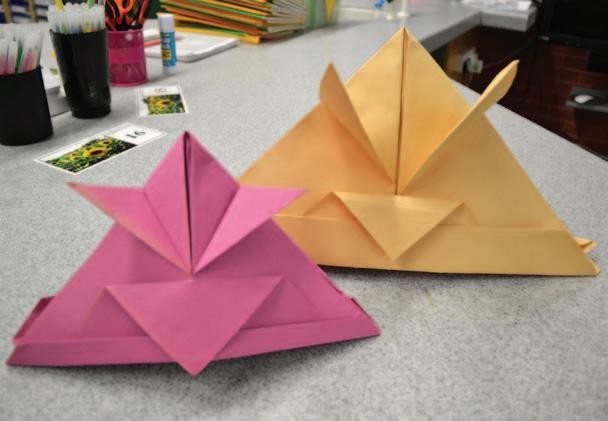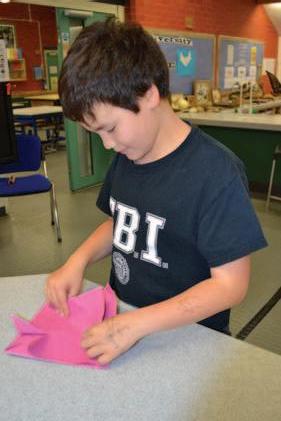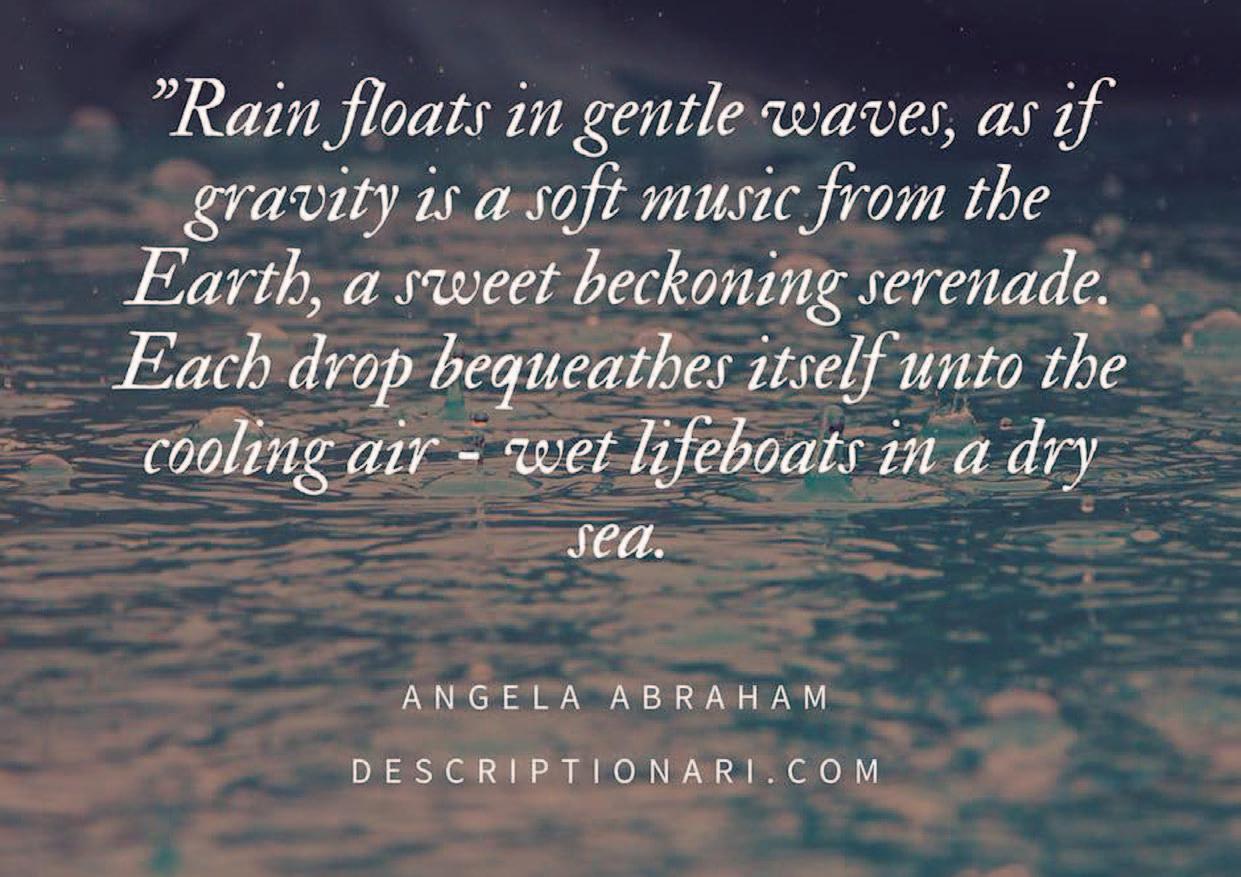
5 minute read
Teaching science through origami, Anthony Artist
Teaching science through origami
Anthony Artist shares an innovative approach

I am always trying to find ways for students to create concrete and meaningful connections with scientific knowledge. Where possible, and to improve overall student growth, I also like to bring in other subject matter, cross-curricular links, and technology. No small task! Whilst perusing the Science and Technology section at a local library for primary-based ideas, the Art section quickly caught my eye with the colour of books and creative ideas on offer. I was instantly drawn to the origami section, and I noticed quite quickly that nearly all of these books had something in common on the cover: animals! Yes – a connection to science!
I kept looking through the covers, and I could see frogs, swans, whales, elephants and penguins. “Great!”, I exclaimed, “the students I teach would love to make animals”. But after opening the pages of a couple of books I could see that some of the so-called ‘easy’ animals already looked quite challenging, especially for young children. The elephant looked impossible, but on closer inspection the penguin appeared to be simple, manageable and effective. I teach the Next Generation Science Standards (NGSS) across the lower school (6 to 10 year olds), so I started to look back through my curriculum for relevant connections. In the standards, I have to teach the diversity of life within different habitats, and a connection must be possible in this area!
Origami and Penguins
In Grade 2 (7 to 8 year olds), we had already looked at living things in our local habitat (southern England), so studying penguins would give us the opportunity to look at a contrasting habitat. We watched a short brainpop video about penguins, and noted down some key facts. We also looked at a map of the world and coloured in the places where they lived. Next – to the origami! I had already prepared square pieces of paper with white on one side, and black on the other. I prepared paper in different sizes, to give students the option of creating different sized penguins. The larger pieces of paper helped the less dexterous students. Sample penguins, along with assembly instructions, were placed on every table around the room to promote student independence. I also demonstrated the sequence of folds required to construct the penguin. After folding the penguins, students then unfolded them and wrote simple facts on the back, before refolding. The facts related to what penguins eat, what eats penguins, and where they live. Some students even had time to create more than one penguin – a whole family with mother and father, brothers and sisters!
Origami and Turtles
I was on a roll. Origami and science were working hand in hand. What could I do next? Which animal could I use next, or did it even need to be an animal? In Grade 1 (6 to 7 year olds), NGSS requires students to use materials to solve human problems by mimicking how animals use their external parts to help them survive. In class, students had made the connection that a tortoise shell protects the tortoise, and that we humans protect ourselves with protective clothing, and helmets. This was a great connection, but I did not think it would be practical to make bicycle helmets with Grade 1 students. What could we make? Would origami once again provide us with a solution?
I came across the folding techniques for a Japanese warrior helmet. The sequence was more complicated than for the penguin, but this was an ideal connection. It also brought inter-cultural awareness into the lesson, which is an essential component in international schools. Whilst trying to make the helmets myself I tried using different quality paper, of varying sizes. In the end, I found that sugar paper was sturdy enough to stay in shape, and that it needed to be at least 60cm by 60cm if it was going to fit on a child’s head. The students loved this activity. The lesson included the required science content, but also started to develop each student’s technology and engineering skills. The inclusion of inter-cultural awareness was an added bonus!

Origami and Arthropods
With origami activities now in place for Grades 1 and 2, I wondered what I could implement in Grade 3. Could origami lend its hand again to help teach concepts? NGSS requires students to know that some animals form groups for survival; for example, ants. We also looked at other insects which might, or might not, form groups for survival. This led us to look at other small animals we found in our local woodland such as spiders, millipedes, bees and woodlice (or pill bugs), which in the UK are termed ‘minibeasts’. However, it soon became very clear that many students thought that all minibeasts were insects.
I wanted to bring a different approach to animal classification, and this time I found an origami fortune-teller, which is also known as a cootie catcher. Fortune-tellers

have four labelled outer squares which function as options for players to choose from. When a square is chosen, it reveals four more options, which are typically presented as statements or questions. The questions conceal answers, giving the illusion of mind reading or telling fortunes. Could this approach solve my arthropod issue?
Square pieces of paper were prepared for the students, and sample fortune-tellers, with instructions for construction, were placed on each table around the room. After construction, the four outer squares were coloured different colours, and the inner eight sections were labelled with different arthropods: insect, myriapod, chelicerates and crustacean. Examples of specific animals were then placed at the centre of the fortune-teller, with small illustrations:


bees and ants (insects) centipede and millipede (myriapods) spiders and scorpions (chelicerates) crabs and woodlice (crustaceans)
The students were then encouraged to play games using their new devices. “Yellow”, said one student. The other student opened and closed the fortune-teller reading out Y – E – L – L – O – W, before saying, “Name a myriapod”. “Centipede”, the first student replied. Perfect!
Anthony Artist teaches science in the lower school at ACS Cobham International School, Surrey, United Kingdom. Email: aartist@acs-schools.com










